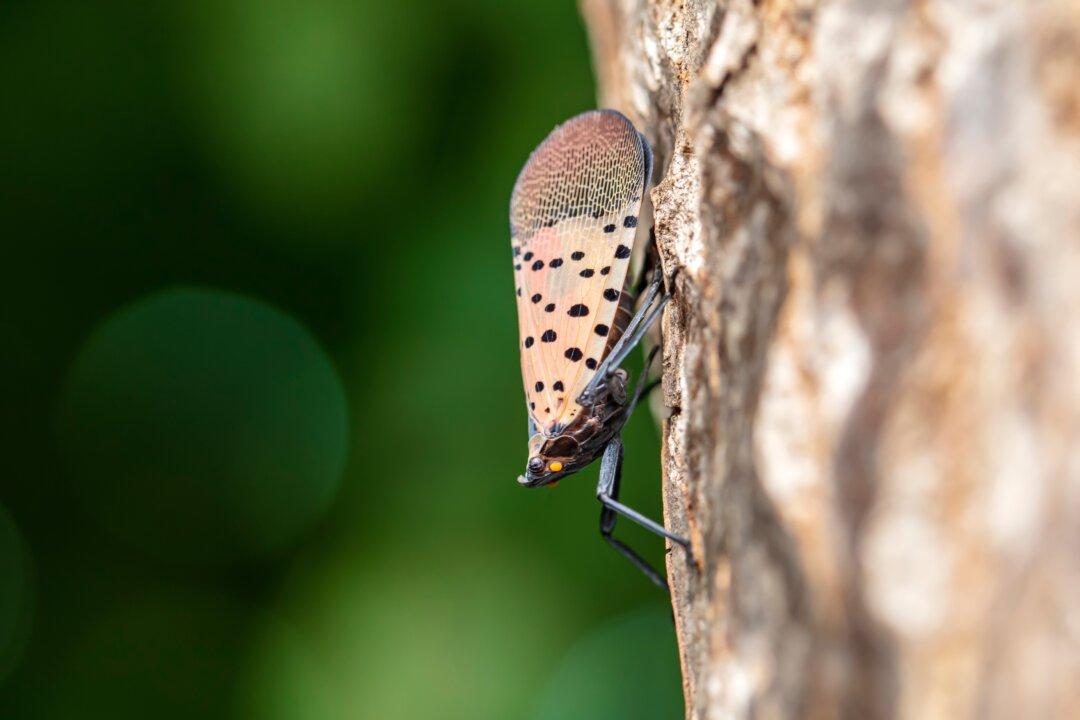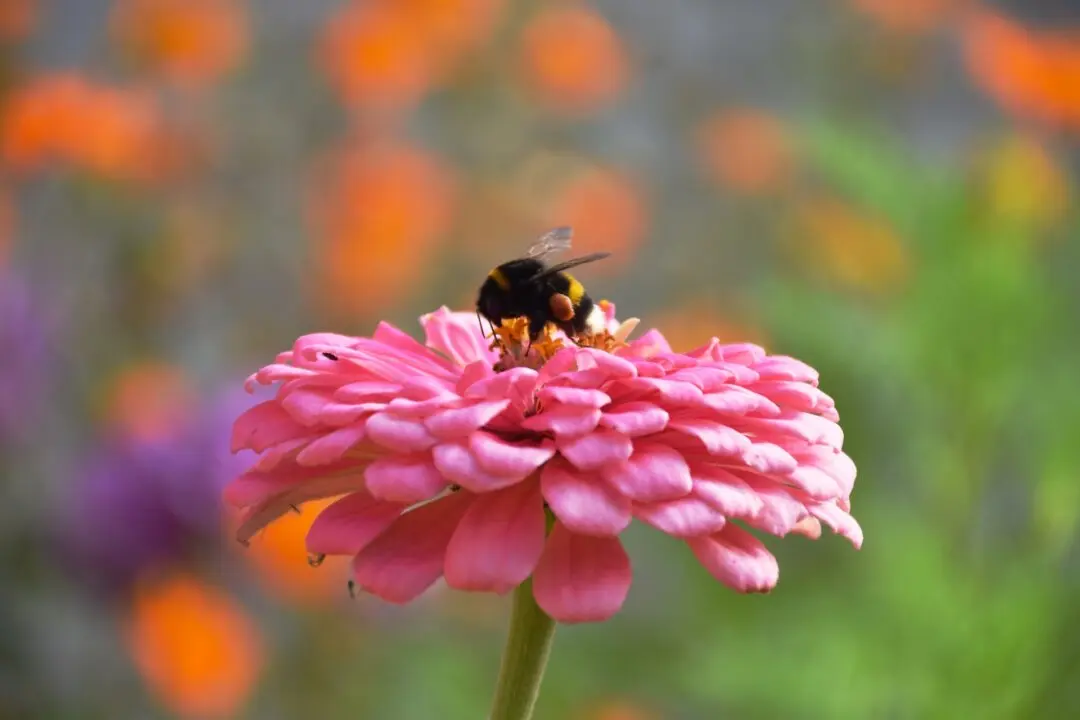Have you heard about the invasive spotted lanternfly (SLF)? The SLF (Lycorma delicatula) is not a fly, but rather a planthopper that has an adult stage that looks a lot like a moth.
It’s a serious pest on many plants. It commonly feeds and lays eggs on the invasive tree-of-heaven (Ailanthus altissima). It also feeds on fruit crops including grapes, apples, and plums, as well as forest trees such as oak, maple, and walnut. This insect will be on different hosts at different times in its life cycle.





